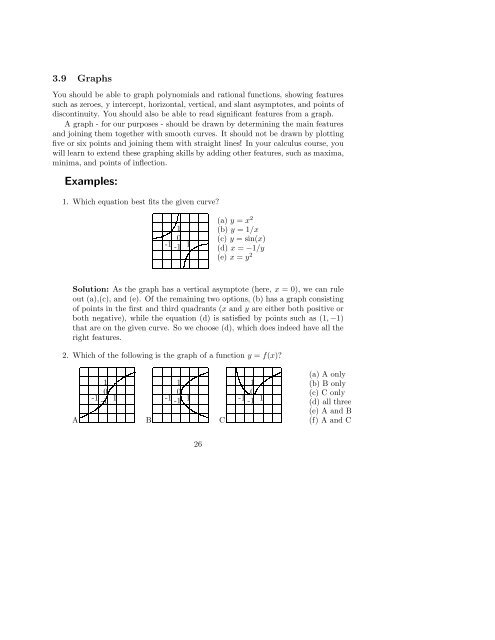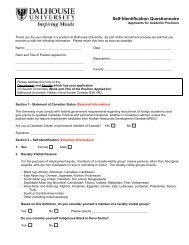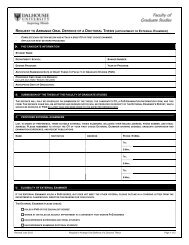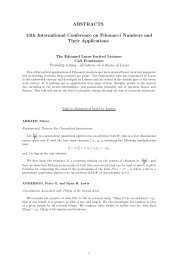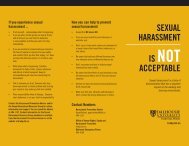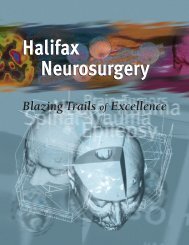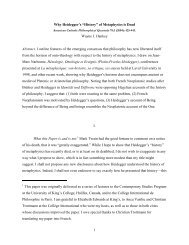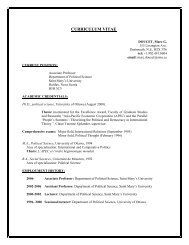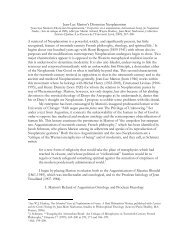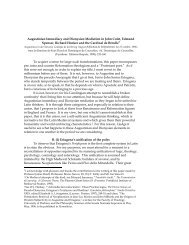Preparing for University Calculus - Math and Computer Science
Preparing for University Calculus - Math and Computer Science
Preparing for University Calculus - Math and Computer Science
Create successful ePaper yourself
Turn your PDF publications into a flip-book with our unique Google optimized e-Paper software.
3.9 GraphsYou should be able to graph polynomials <strong>and</strong> rational functions, showing featuressuch as zeroes, y intercept, horizontal, vertical, <strong>and</strong> slant asymptotes, <strong>and</strong> points ofdiscontinuity. You should also be able to read significant features from a graph.A graph - <strong>for</strong> our purposes - should be drawn by determining the main features<strong>and</strong> joining them together with smooth curves. It should not be drawn by plottingfive or six points <strong>and</strong> joining them with straight lines! In your calculus course, youwill learn to extend these graphing skills by adding other features, such as maxima,minima, <strong>and</strong> points of inflection.Examples:1. Which equation best fits the given curve?10-1 -1 1(a) y = x 2(b) y =1/x(c) y = sin(x)(d) x = −1/y(e) x = y 2Solution: As the graph has a vertical asymptote (here, x = 0), we can ruleout (a),(c), <strong>and</strong> (e). Of the remaining two options, (b) has a graph consistingof points in the first <strong>and</strong> third quadrants (x <strong>and</strong> y are either both positive orboth negative), while the equation (d) is satisfied by points such as (1, −1)that are on the given curve. So we choose (d), which does indeed have all theright features.2. Which of the following is the graph of a function y = f(x)?A10-1 -1 1B10-1 -1 1C10-1 -1 1(a) A only(b) B only(c) C only(d) all three(e) A <strong>and</strong> B(f) A <strong>and</strong> C26


